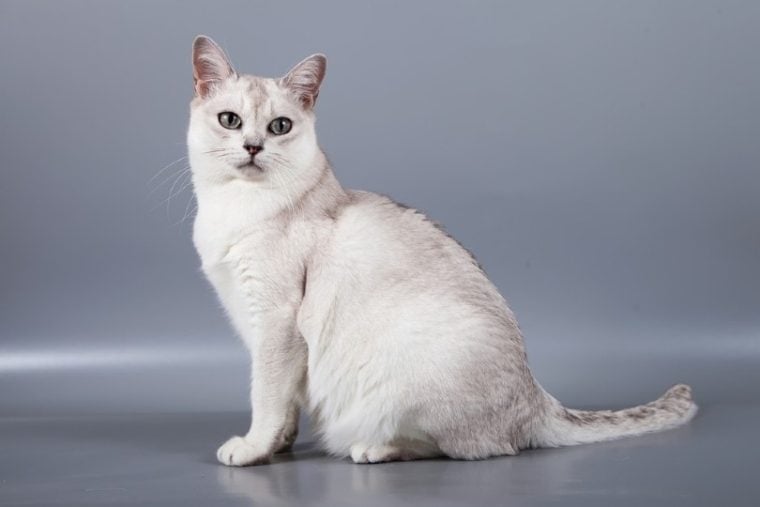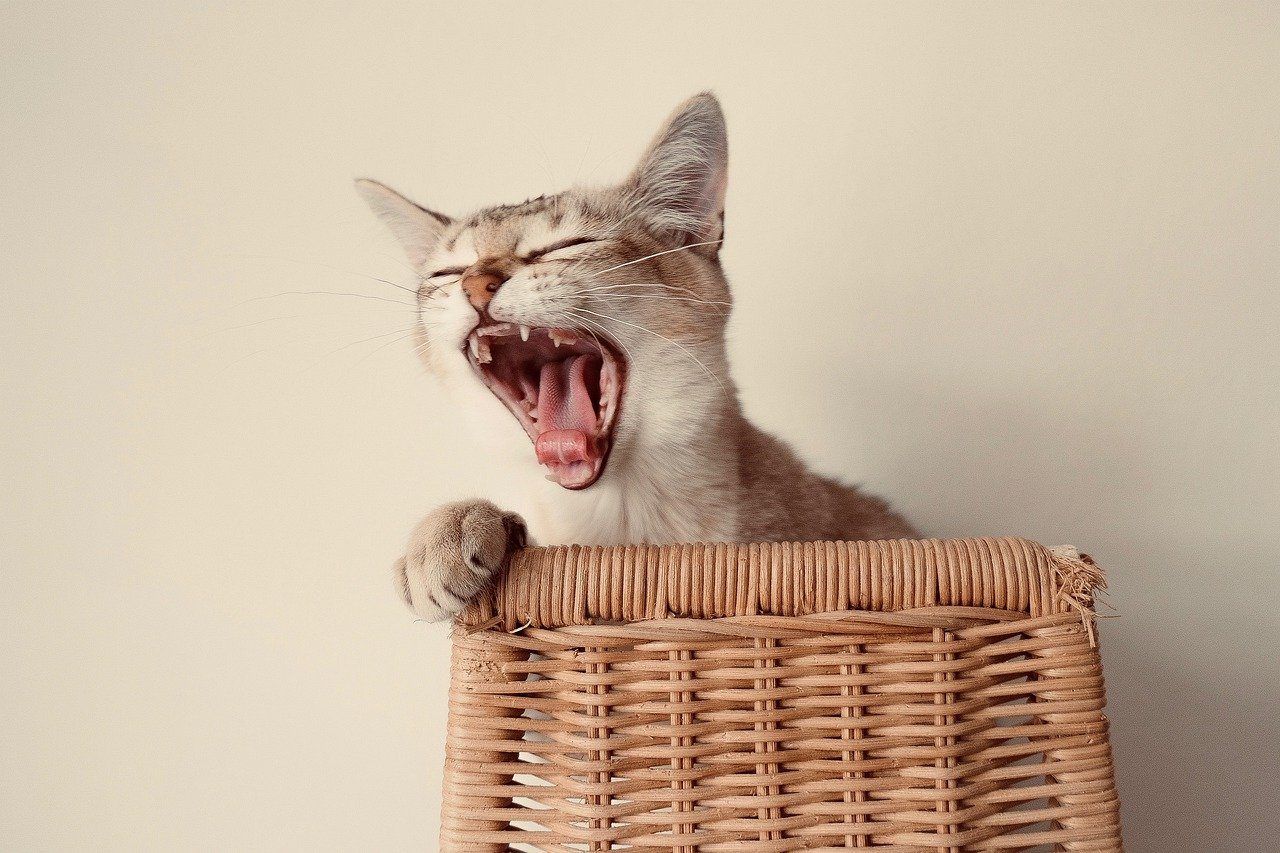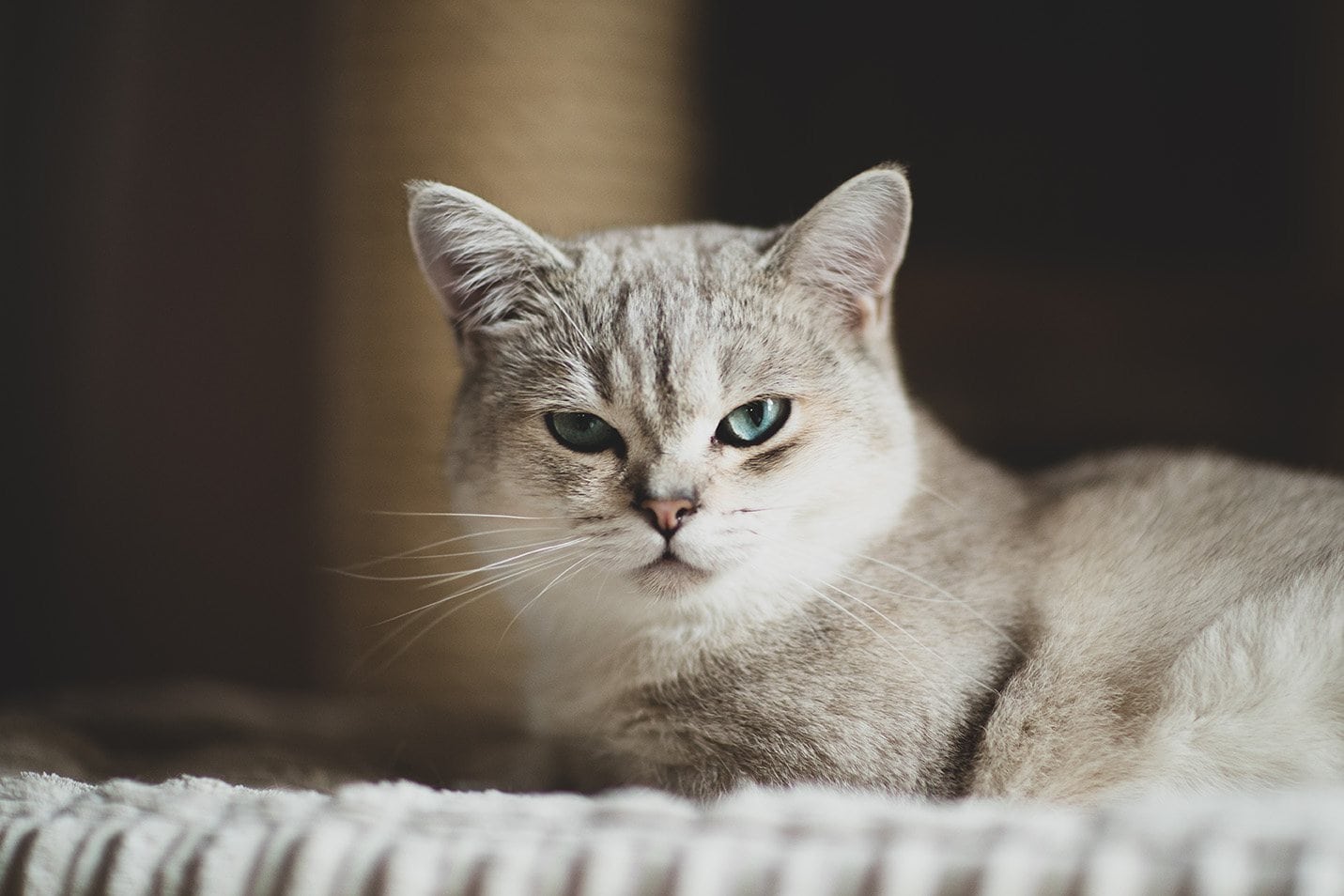
Click Below to Skip Ahead
Burmillas are quirky, easygoing, medium-sized cats, a cross of Burmese and Chinchilla Persian cats. The breed first appeared in the 1980s, and it is rare nowadays, which is why these cats can be pricey. They have many attractive traits which will make you love them!
Breed Overview
Height:
10 – 12 inches
Weight:
6 – 13 pounds
Lifespan:
10 – 15 years
Colors:
Silver, brown, black, cream-beige, blue-gray, lilac, red
Suitable for:
Families, seniors, people with other pets
Temperament:
Affectionate, friendly, playful, sociable, intelligent
They are playful and love to socialize, making them perfect for families and seniors. Burmilla cats are also an excellent option for people with other pets. These cats are unique and come in two coat variations and they are known for their big, almond-shaped eyes. They make a perfect addition to any household because they are extremely friendly and low-maintenance.
Burmilla Characteristics
Burmilla Kittens
Burmilla kittens can be expensive due to their rarity and complicated breeding process. Before buying one of these kittens, make sure to verify the details and health checks of the kitten’s parents. Since this breed is rare in the USA, you might be on a waiting list to get your kitten.

Temperament & Intelligence of the Burmilla
These cats are gentle and playful, although quiet and not too vocal. Burmillas love company, but they also need their alone time and independence. They are laid-back but adventurous, so you should provide them with an environment where they can play and explore. These felines love to engage, and when it comes to intelligence, these cats are very smart and are quick learners.
Are These Cats Good for Families? 👪
Burmilla felines are friendly and outgoing, which makes them perfect for families. They will get along with all family members and are especially fond of kids. These cats adore their owners and will keep their playful spirit even into adulthood. Burmillas also love to cuddle and will likely enjoy sleeping in your lap. They can be silly and mischievous, and perfect for houses and apartments, so you can have one even if you live in the city. They don’t need to spend much time outside, so you can occasionally walk them on a leash.
Does This Breed Get Along with Other Pets?
Due to their sociable nature, this breed easily gets along with other cats, dogs, or any other pet you might have. It’s best to introduce them to other animals in the early stages of life, but since they can easily adjust to new situations, bringing new pets in later years shouldn’t be an issue.
Things to Know When Owning a Burmilla:
Food & Diet Requirements 
Like all cats, Burmillas require high-quality, protein-rich, nutritious food. They are not too prone to obesity like some other cat species, but you should still be careful not to overfeed them. The food should be primarily meat-based since these cats need a lot of protein in their diet—ensure that the products you are giving them have around 30%–40% protein.
You should avoid too many carbs because cats cannot digest them well, which can cause serious issues. If they eat too many carbs they can become obese and even develop diabetes. When introducing new foods to Burmillas, begin gradually and offer food in small quantities. That will help them adjust to new tastes and textures in their nutrition. Also, ensure you include enough fresh water in their diet.

Exercise 🐈
Burmillas are highly energetic, active, and playful, so they need regular exercise. You can combine exercise and play and create a routine that includes interactive toys or puzzles. Anything that will stimulate your feline to run or chase objects will be perfect for hitting their exercise requirements. Since this is an intelligent breed, Burmillas can play fetch, although this might sound unusual for cats. Overall, it will be easy to make them exercise by involving exciting playtime and unique activities.
Training 🧶
Although Burmillas are smart, they are not particularly fond of training, so it might be a complicated process. Take your time, and with dedication and care, training shouldn’t be too challenging.
Grooming ✂️
Grooming needs will depend on whether your cat has a longer or shorter coat. Shorthaired Burmillas are more popular because they require less grooming and care. You should create a daily brushing routine and monthly baths. Burmillas do shed, but not excessively, so daily brushing will keep their fur silky and soft. Their ears require the most care, so you should check them weekly. Usually, you can clean their ears by putting a few drops of water on a cotton ball and gently swabbing them. You will also need to clean your Burmilla’s eyes regularly—you can follow the same method used for ear cleaning.
Like other cats, they have typical feline needs such as trimming nails, brushing teeth, and cleaning their litter box. When your Brumilla is still a kitten, you should quickly develop all grooming routines to help them adjust. To maintain your Burmilla’s health, also take them for regular vet check-ups.
Health and Conditions 🏥
Burmilla cats are typically healthy and live 10–15 years. Still, there are some health issues they are prone to.
Serious Conditions:
- Polycystic Kidney Disease. A serious disease that can affect Burmilla kittens. Signs of this disease include vomiting, increased/decreased thirst, appetite, or urination. If you notice any of these signs, immediately contact your vet.
- Diabetes mellitus
Minor Conditions:
- A condition that happens to many cats where a fungus causes an infection of the hair, skin, or claws. This condition is not too harmful if you consult your vet on time.
- Heat exhaustion. Due to Burmillas being heat-sensitive, they can suffer from heat exhaustion. Typical indicators are sunken eyes, fast heart rate, and panting. During the summer months, keep your Burmilla inside and provide plenty of water.
- Allergies
Male vs Female
There are no significant differences between females and males when it comes to Burmillas.
3 Little-Known Facts About the Burmilla
1. Burmilla cats result from accidental breeding between the Burmese and Chinchilla Persian cats.
Although many breeds are intentional mixes of two breeds, Burmilla cats were bred accidentally. They first appeared in the United Kingdom in the 1980s and have been popular since then. These cats even gained championship status in the UK in the 1990s, but the Cats Fanciers Association recognized them in 2011.
2. Burmilla cats have inherited the best qualities from both breeds
Both Burmese and Chinchilla Persian cats have positive and negative characteristics, but it seems that the Burmilla breed has inherited only the best from these two breeds. They are sweet-natured, affectionate, and lovable. The species is not too demanding, which can be the case with Burmese cats. Also, they are way more playful, curious, and outgoing than Chinchilla Persian cats.
3. Burmillas take four breeding generations to gain all the standards and qualities of this breed.

Final Thoughts
If you manage to find a Burmilla cat, you will love having them in your family. Ensure that you’re getting them from a reputable breeder so they won’t have health conditions you are unaware of. You and your family will enjoy having this playful feline in your home, so get ready for endless love, cuddles, and playtime when your new Burmilla is around!
Featured Image Credit: JE Jevgenija, Shutterstock







